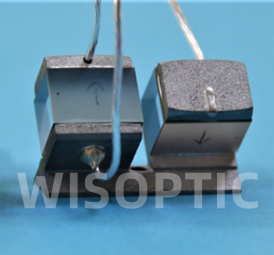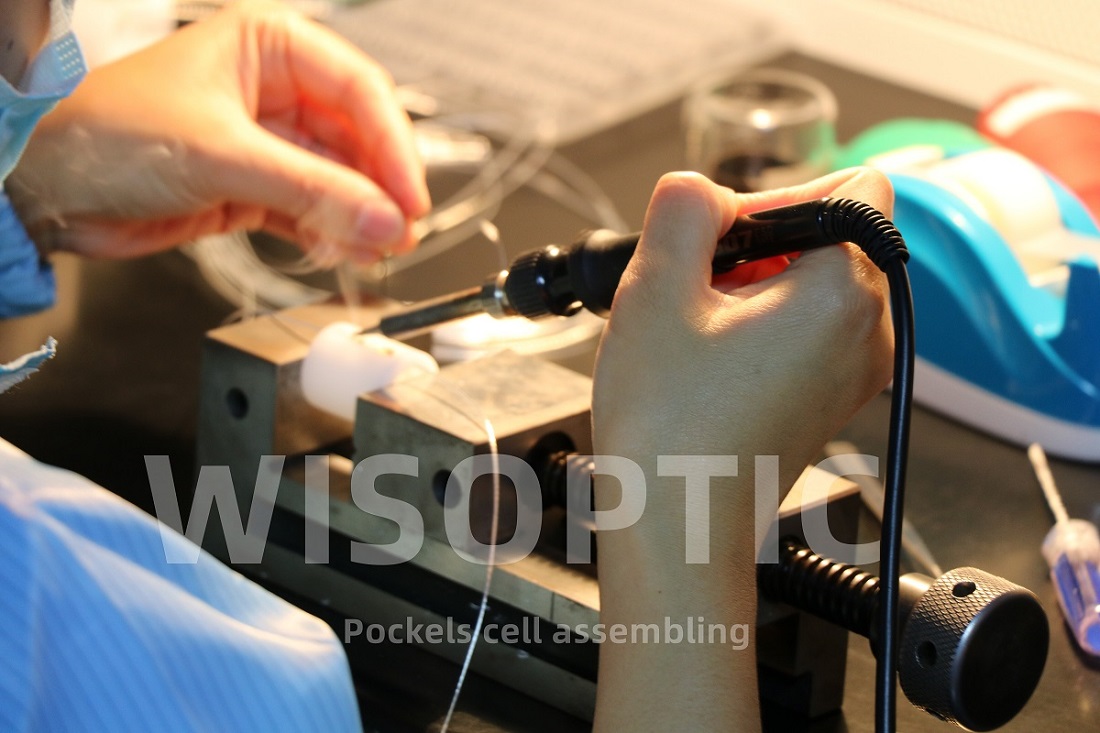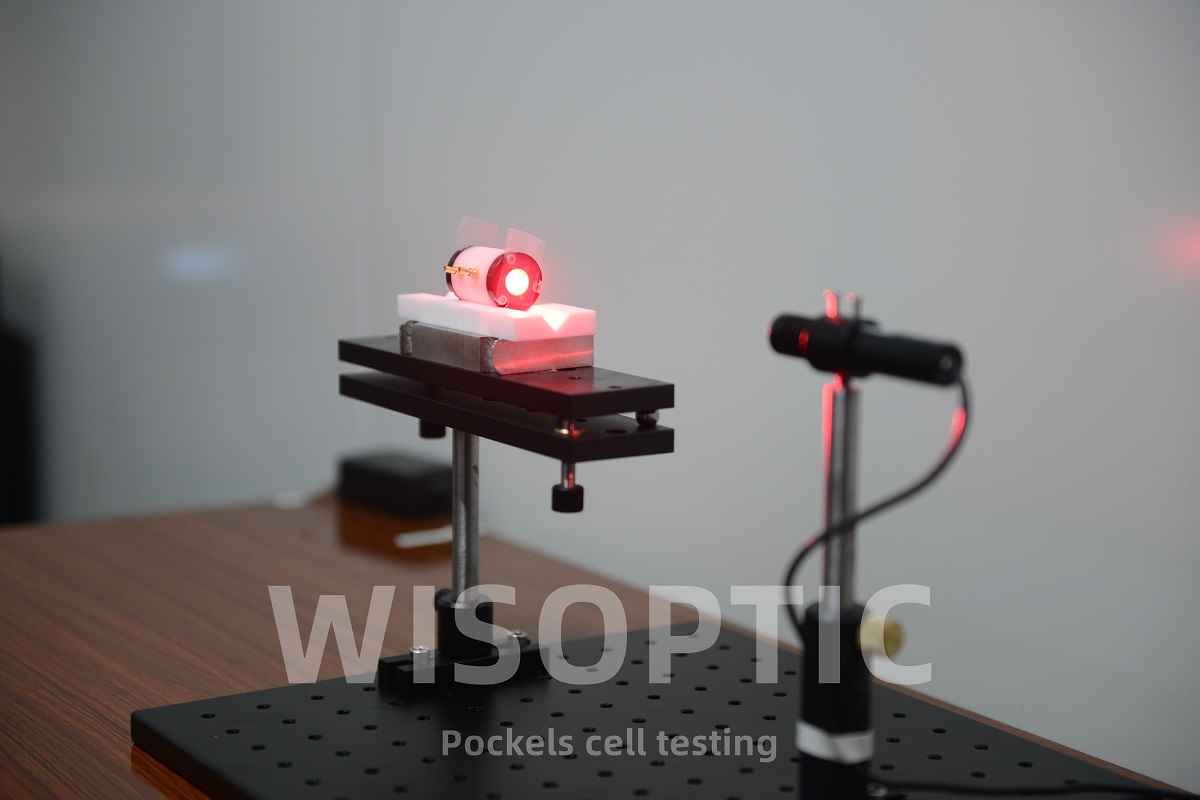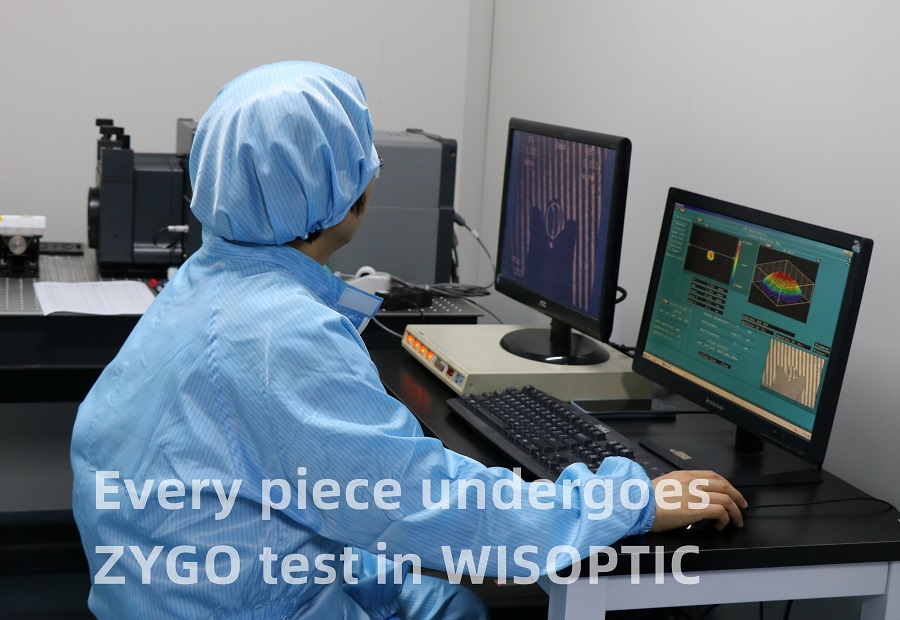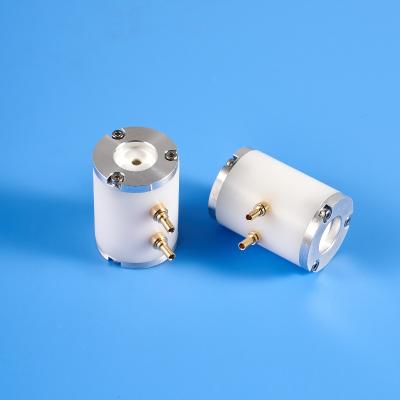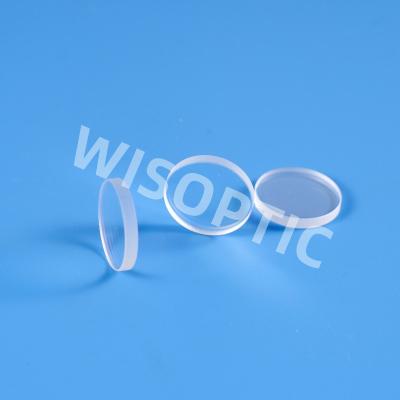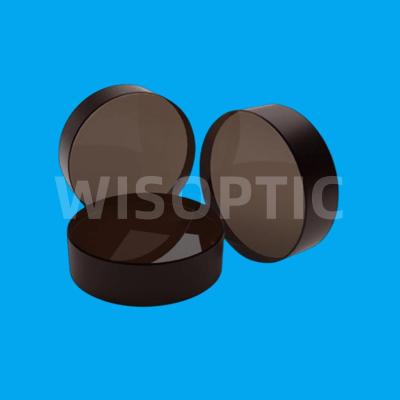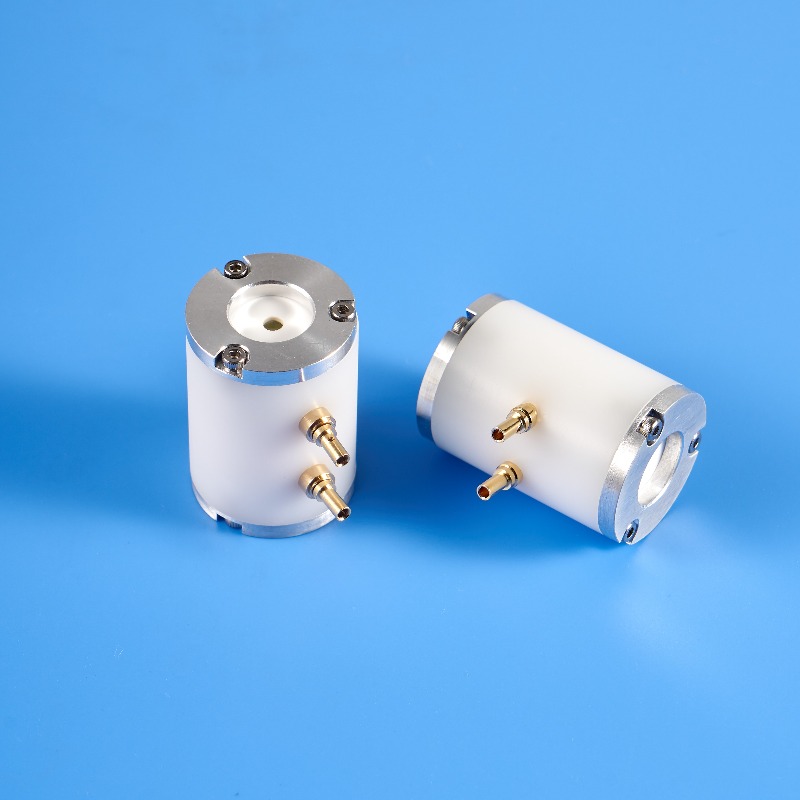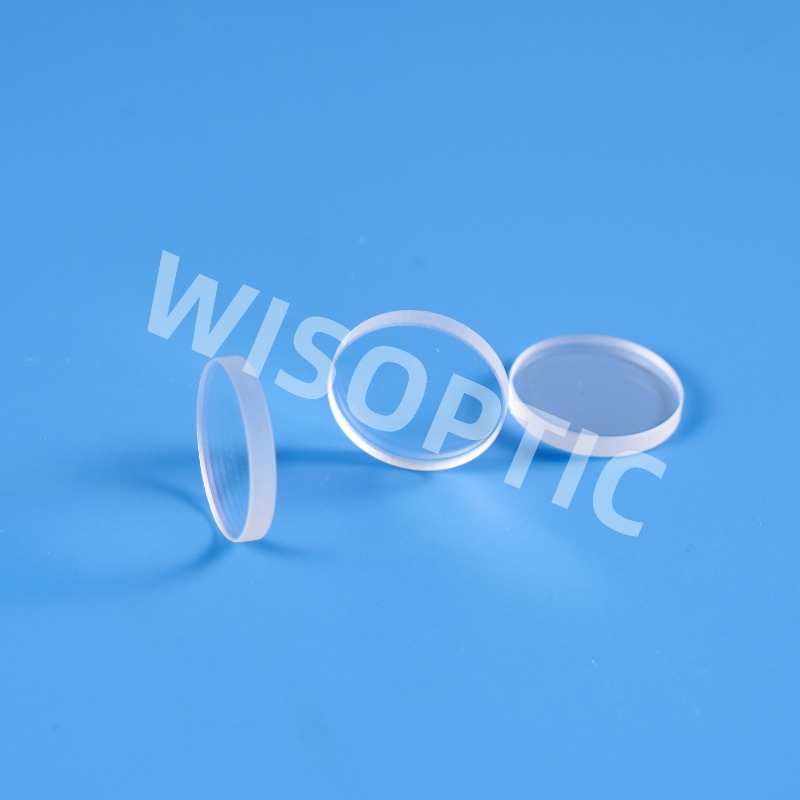RTP Pockels Cell Q-Switching System
• Wide optical bandwidth (0.35-4.5μm)
• Low insertion loss
• Low half-wave voltage
• Low operating voltage
• High extinction ratio
• Very high laser damage threshold
• No piezoelectric ringing effect
• Precise switching in high repetitive rate laser with super-fast voltage drivers
• Thermally compensated design for operating in large temperature range
• Compact design, very easy to mount and adjust
• Quality RTP crystal with high environmental resistance and long service life
RTP possesses a large electro-optic impact for light propagating along either the x or y direction (electric powered along z). It functions right optical transparency from around 400nm to over 4µm. RTP offers a high resistance to optical damage with energy ~1Gw/cm2 for 1ns pulses at 1064nm. It is largely total lack of piezo-electric resonances at 200kHz and probable beyond.
The primary distinction between RTP and BBO whilst used for Q-switching pertains to the common power degree at which the Q-switch is capable of be used practically. In contrast to BBO wherein the optical propagation is along the optical axis, in RTP the propagation axis is either along the x or y axis, each of which exhibit birefringence. The approach of compensating for that is to apply a couple of crystals, matched in optical thickness, which are then orientated at 90° to the other one. The "slow" ray inside the first crystal then turns into the "rapid" ray in the 2nd and the full static birefringence is as a consequence in idea cancelled inside the composite crystal pair. This manner isn't always however ideal and even with the exceptional matched crystals one will revel in a lack of birefringence cancellation when high optical powers are passed through the crystals. This is due to the albeit very small, but nonetheless full-size optical absorption inside the crystals which reasons small variations inside the nearby heating of the crystals. This upsets the reimbursement of the two crystals and except some dynamically variable biasing arrangement is used a loss of extinction will occur with a view to degrade the laser performance. We consider consequently that RTP is maximum suitable to slight common power laser resources in which high repetition frequency and short Q-switched pulse lengths are extra essential than high average powers.
One major advantage of RTP over BBO is of course their much higher
electro-optic effect. Typically the half wave voltages at 1064nm is
~7kV for a 3mm aperture BBO cell compared to just 1,300V for an
equivalent sized RTP cell.
Given their broadly similar capacitance, the power consumption of the RTP
cell is just over one tenth of that of the BBO cell.
WISOPTIC provides technical consultation, optimized design, customized test sample, and fast-delivery standard products of RTP Pockels cells for high repetition rate Q-switching & pulse-picking.
RTP EO Device Applications:
Q-switch
Phase modulator
Amplitude modulator
Pulse picker
Cavity dumper
Shutter
Attenuator
Deflector
Crystal Size | 4x4x10 mm | 6x6x10 mm | 8x8x10 mm |
Quantity of Crystals | 2 | 2 | 2 |
Static Half-wave Voltage @ 1064 nm | X-cut: 1700 V Y-cut: 1400 V | X-cut: 2500 V Y-cut: 2100 V | X-cut: 3300 V Y-cut: 2750 V |
Extinction Ratio | X-cut: > 25 dB Y-cut: > 23 dB | X-cut: > 23 dB Y-cut: > 21 dB | X-cut: > 21 dB Y-cut: > 20 dB |
Capacitance | 5~6 pF | ||
Optical Transmission | > 99% | ||
Damage Threshold | > 600 MW/cm2 for 10 ns pulses @ 1064 nm (AR coating) | ||

